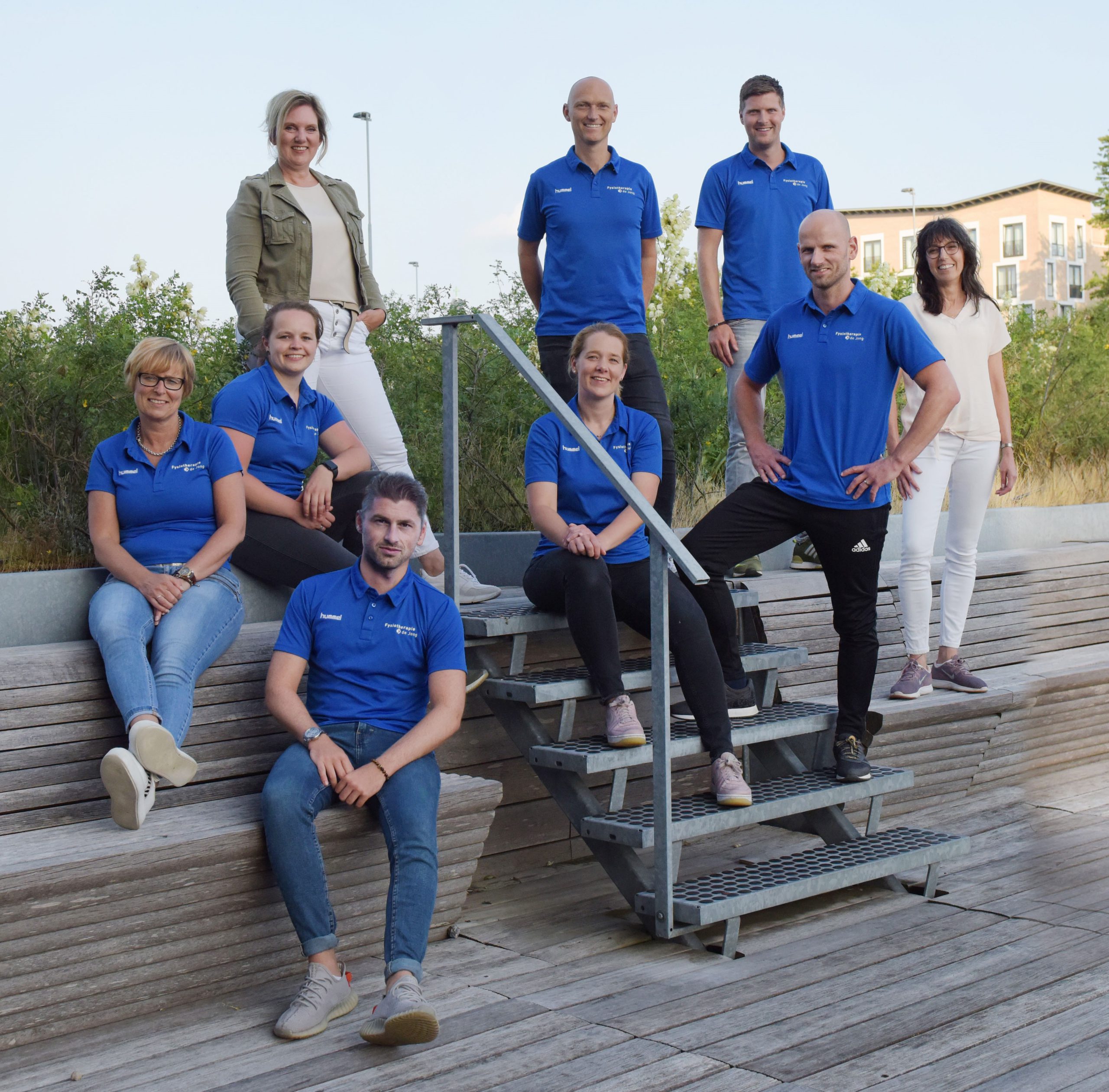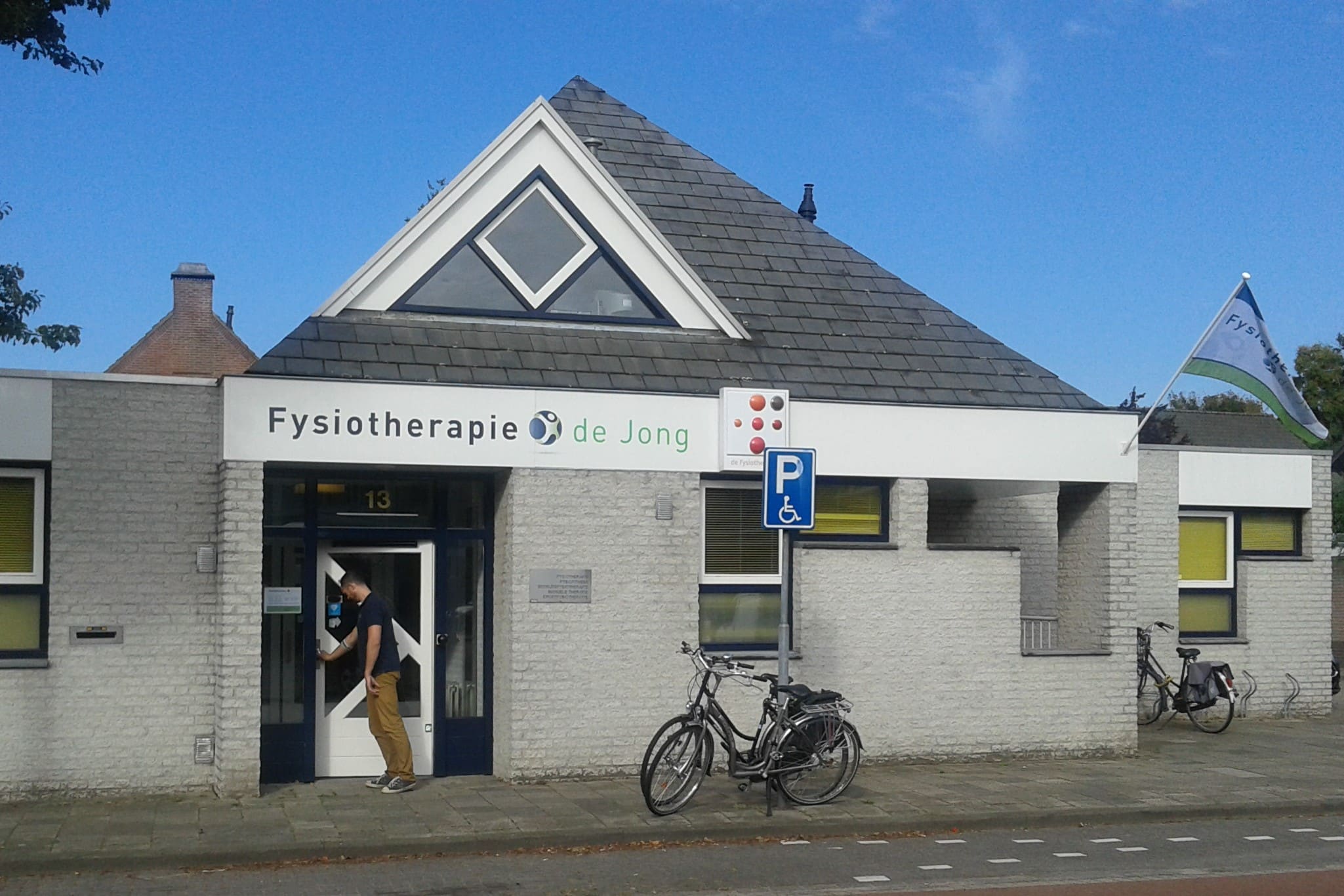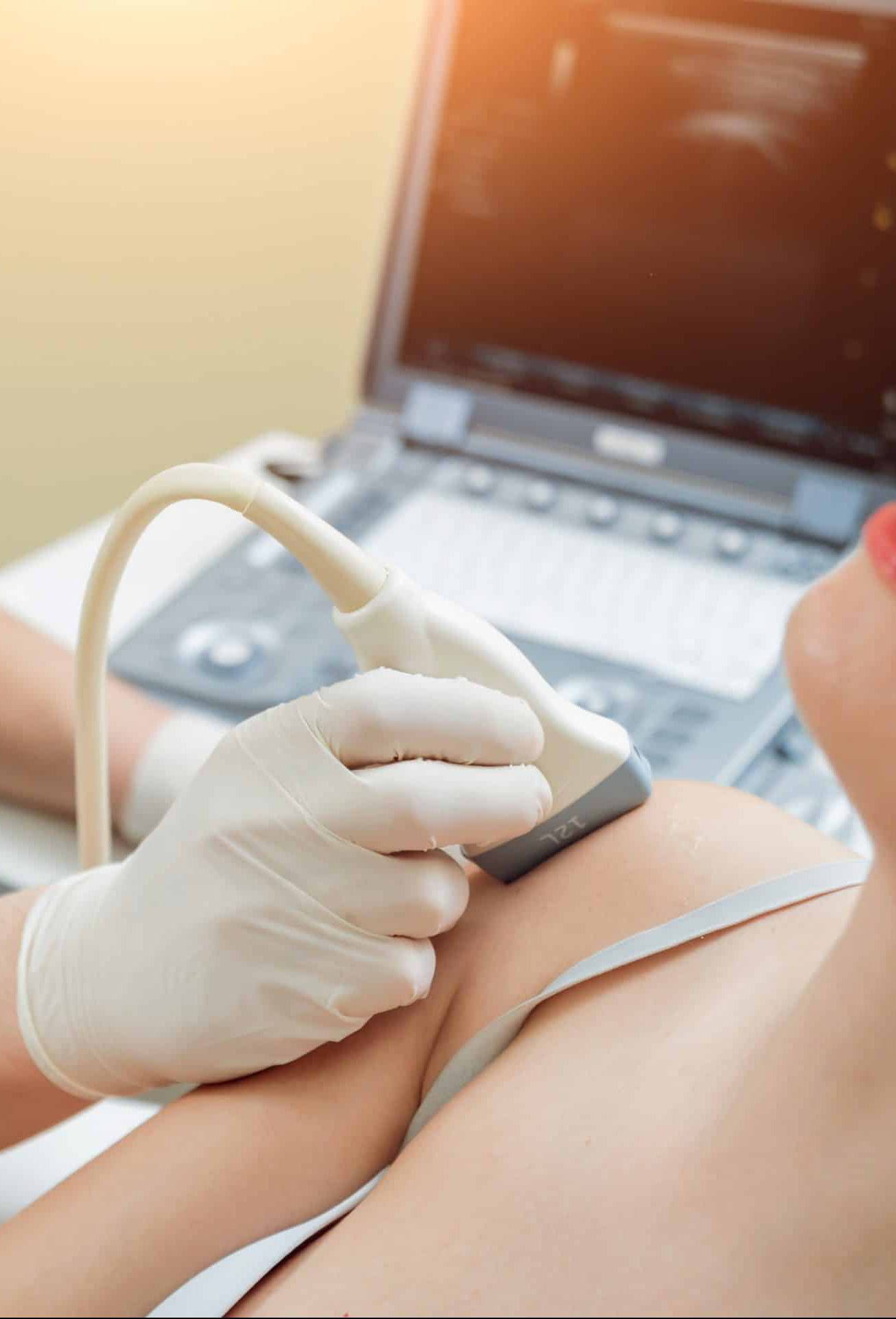Make an appointment?
Select one of the locations below!
When can ultrasound be used within physical therapy?
Because of its properties, ultrasound can be used within physical therapy to diagnose softer tissues. This includes detecting such things as muscle tears, tendonitis, bursitis, torn ligaments and other abnormalities of the human musculoskeletal system. Because the physical therapist cannot look deeper into the joint with ultrasound, it is not suitable for assessing the joints themselves, only the surrounding tissue can be seen properly.
So if you have suffered a whiplash, have been walking around with pain in the shoulder, elbow or a heel spur for a longer period of time, physiotherapy can use ultrasound to help clarify your problem and tell more about the affected tissue and the nature of the complaint. With this a clearer prognosis can be made. This may allow you to get back to work sooner, or you may know that you should definitely not start your sports resumption too soon.
What else can ultrasound be used for?
In addition to diagnostics, ultrasound in physical therapy can also be used as a tool for treatment. Within fysiotherapie de Jong we treat chronic tendon complaints with EPTE. This is a treatment method using percutaneous electrolysis. Under ultrasound guidance, an acupuncture needle is inserted into the affected tendon, so the physiotherapist can actually see with ultrasound where it is being pricked, and a light form of current is applied here. The effect of this current form is also clearly visible on ultrasound. Thus, we are sure that we are treating in the right place and this reduces the risks of working with needles in the human body. In addition to EPTE, an injection could also be placed in cooperation with the doctor, this way the injection would always end up in the right place and the effect of this injection will also be greater than a less well placed injection.
So in addition to diagnosing with ultrasound in physical therapy, physical therapy can also use ultrasound to support the physical therapist's or even a physician's treatment.
If you have further questions about ultrasound please contact us.





